Quick Links
For Patients
For Physicians
- Refer a patient to a specialist
- Order labs for patients
- Order radiology for patients
- Order At-Home Services
- Get your practice listed
For Companies

© Copyright 2024 American TelePhysicians. All rights reserved.



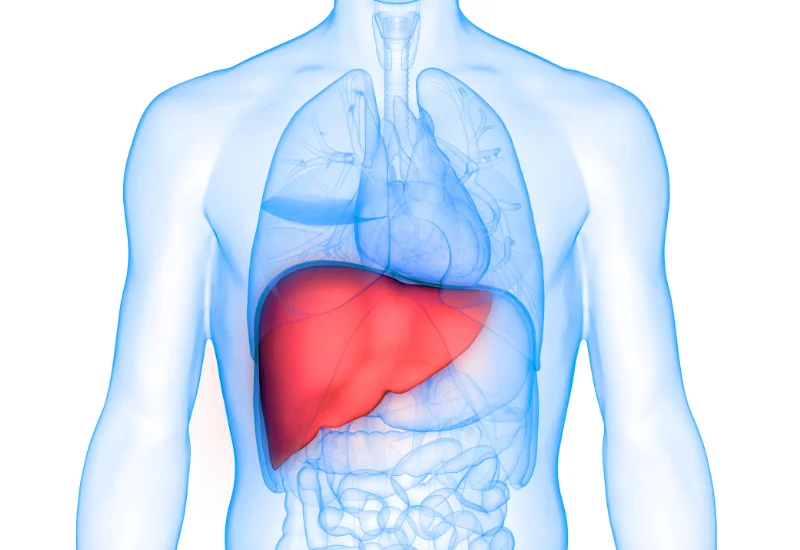
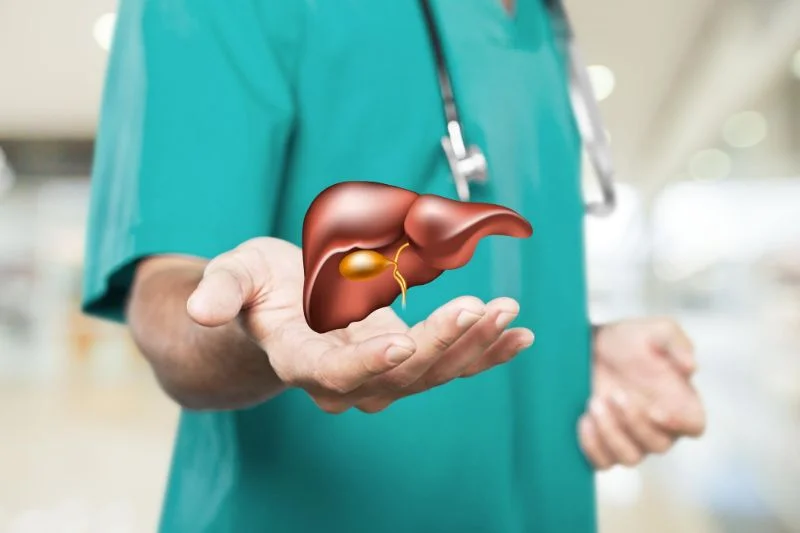
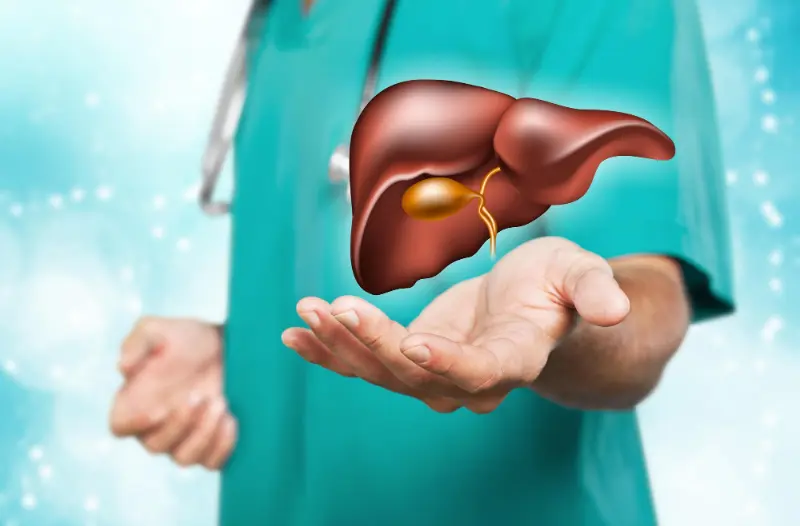
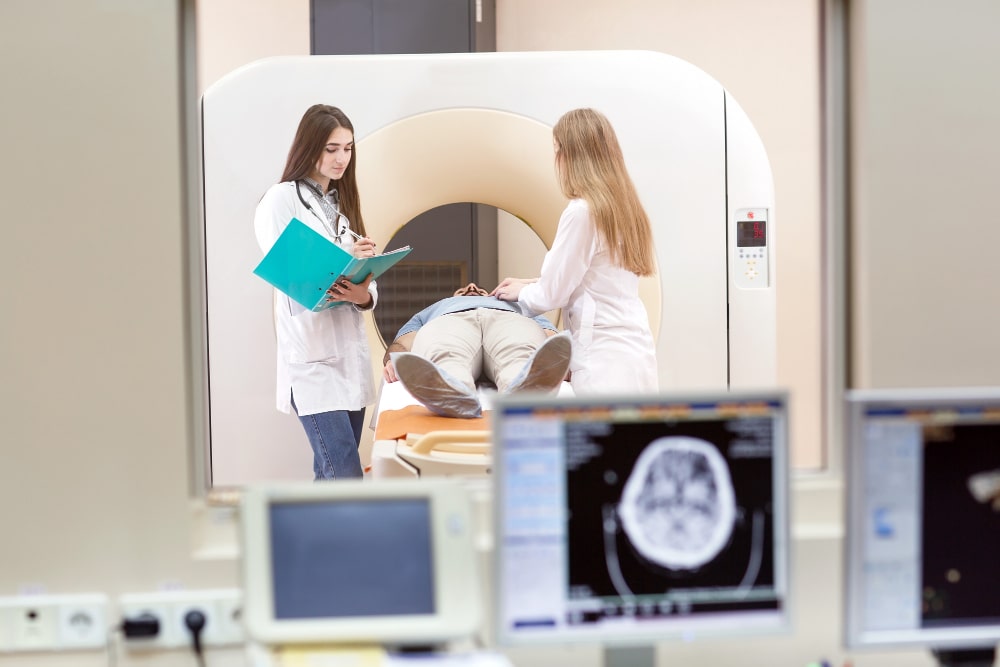
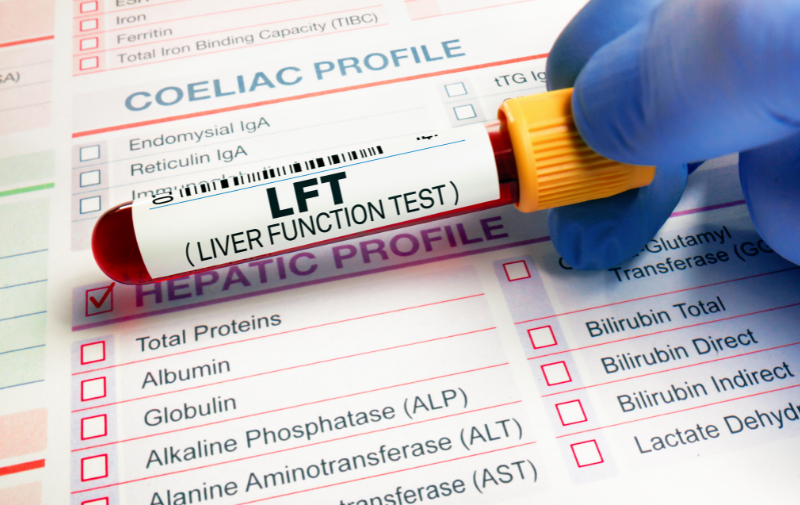
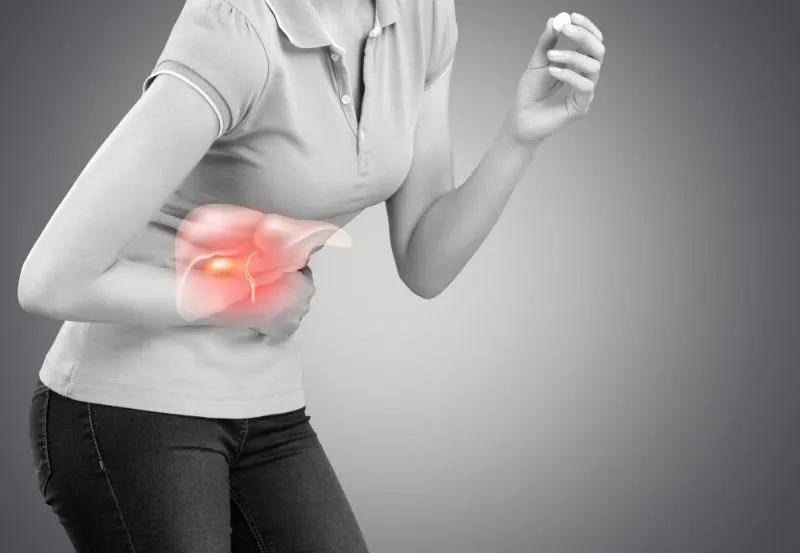
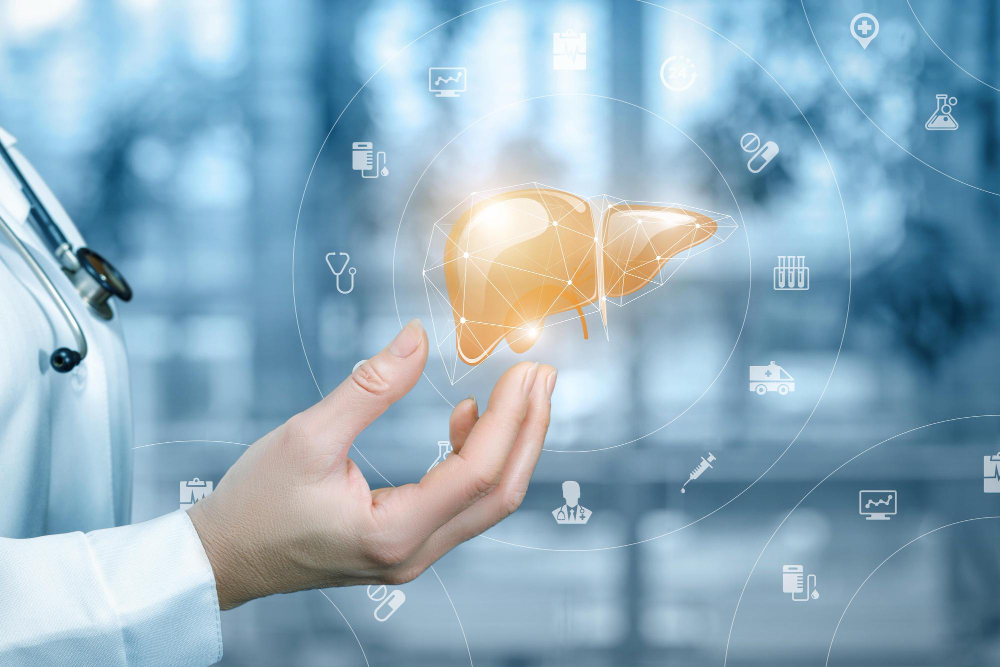
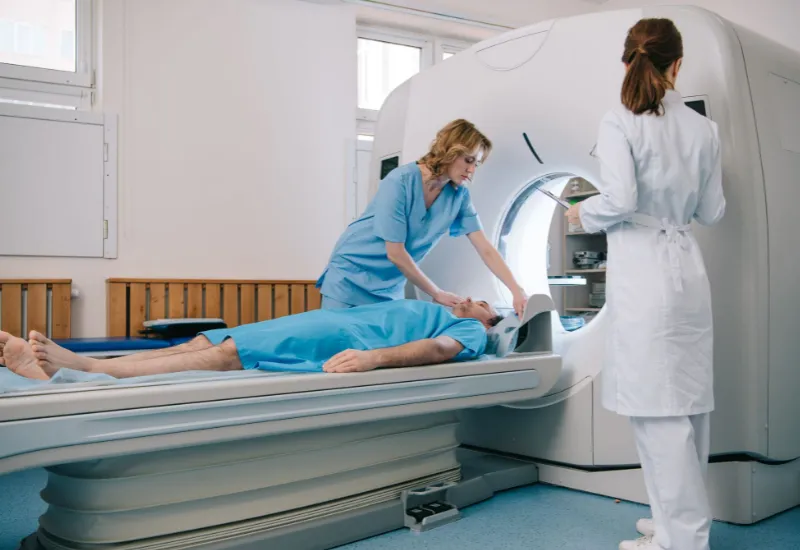
Cholecystitis means inflammation (swelling and redness) of the gallbladder. The gallbladder is a sac attached below the surface of the liver. It is a pear-shaped structure having a body, fundus, neck, and cystic duct. Its primary function is to store “bile,” a greenish fluid produced by the liver and is carried into the gallbladder via the Hepatic duct. Both hepatic and cystic ducts combine to form a Common Bile Duct (CBD) which secretes bile into the small intestine when the food we eat reaches there. The gallbladder releases bile into the Cystic duct, which carries it into the small intestine to digest fats. The gallbladder can typically store about 25-30ml of bitterness. Bile comprises 97% water, bile salts, cholesterol, and bilirubin.